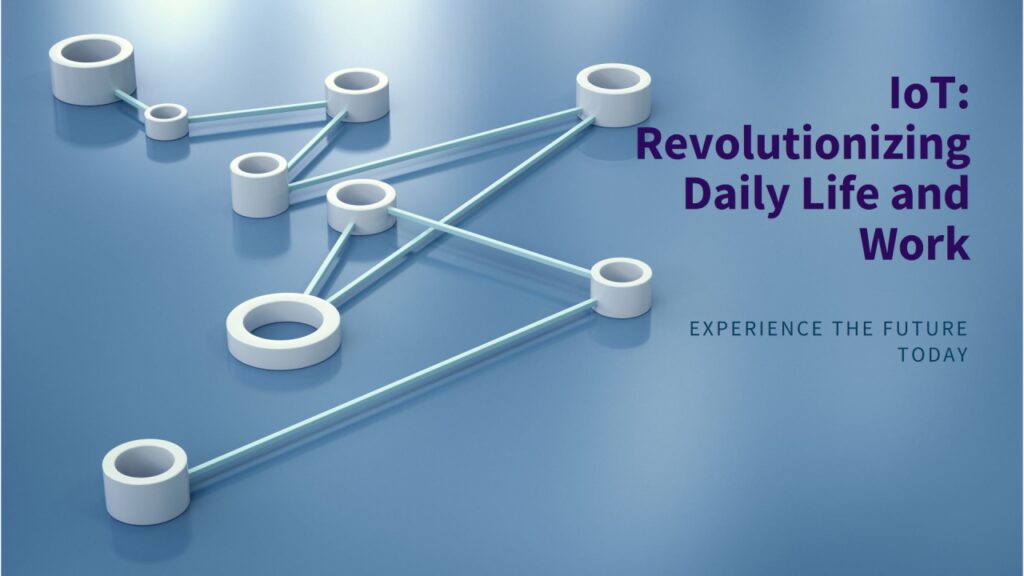The Internet of Things (IoT) is revolutionizing the way we live and work by connecting devices, sensors, and software over the internet. It is changing our daily lives with smart home devices and wearable technology, improving areas such as healthcare, transportation, and agriculture. In the workplace, IoT devices are enhancing efficiency and productivity by monitoring equipment performance and creating smarter workspaces. Challenges include security, privacy concerns, and interoperability issues, but the opportunities for innovation and new business opportunities are immense. Embracing IoT technology will give companies a competitive edge in the digital marketplace and lead to a smarter, more connected world for all.
IoT: Revolutionizing the Way We Live and Work
Introduction
The Internet of Things (IoT) has become one of the most talked-about technologies in recent years. It is a concept that refers to the interconnected network of devices, sensors, and software that communicate with each other over the internet. This network of connected devices has the potential to revolutionize the way we live and work, making our lives more convenient, efficient, and productive.
How IoT is Changing Our Lives
IoT technology is already having a significant impact on our daily lives. From smart home devices that allow us to control our thermostats, lights, and security systems from our smartphones to wearable fitness trackers that monitor our health and activity levels, IoT technology is revolutionizing the way we live. IoT devices also have the potential to improve our quality of life in areas such as healthcare, transportation, and agriculture.
IoT in the Workplace
IoT technology is also transforming the way we work. In the workplace, IoT devices can help improve efficiency, reduce costs, and enhance employee productivity. For example, connected sensors in a manufacturing plant can monitor equipment performance in real-time, alerting maintenance teams to potential issues before they cause costly downtime. IoT technology can also help employers create smarter, more connected workspaces that improve employee engagement and collaboration.
Challenges and Opportunities
While IoT technology offers many benefits, it also presents challenges. Security and privacy concerns are a major issue, as IoT devices collect and transmit vast amounts of data. Ensuring the security of this data is crucial to protecting individuals and organizations from cyber threats. Additionally, interoperability between different IoT devices and systems remains a challenge, as there is no universal standard for communication between devices.
Despite these challenges, the opportunities presented by IoT technology are immense. As the number of connected devices continues to grow, so too does the potential for innovation and new business opportunities. Companies that embrace IoT technology will have a competitive advantage in the digital marketplace, as they will be able to deliver more personalized products and services to their customers.
Conclusion
IoT technology is revolutionizing the way we live and work, offering new possibilities for efficiency, convenience, and productivity. As the technology continues to evolve, it is essential for individuals and organizations to stay informed about the latest developments and best practices in IoT security and privacy. By harnessing the power of IoT technology, we can create a smarter, more connected world that benefits us all.
